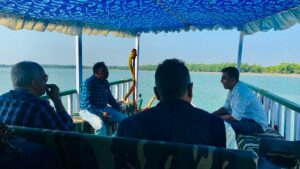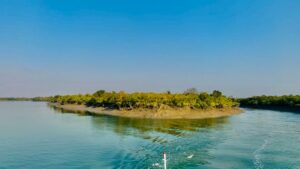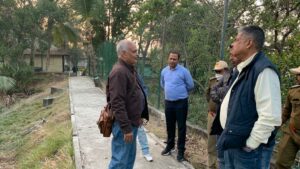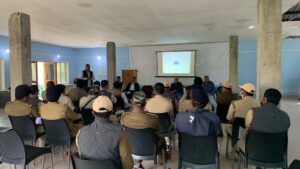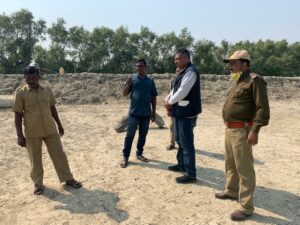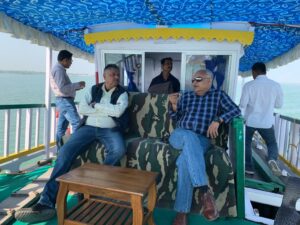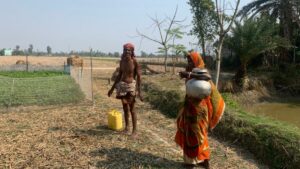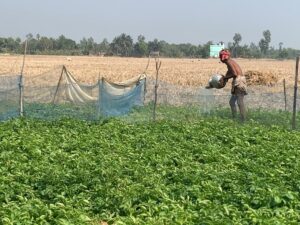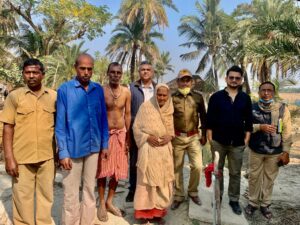Eastern Himalayan Rural Futures®:
Ecology for the New Economy
Virtually bringing together 12 Eastern Himalayan Capitals and 10 Countries for
creating a Naturenomics™ Agenda – Ecology for the New Economy
creating a Naturenomics™ Agenda – Ecology for the New Economy
THEME : In the Mangrove forests of Sundarbans: Identifying ways to restore and conserve the coastal Mangrove ecosystems
About
The Sundarbans biosphere reserve in West Bengal is a mangrove area in the delta formed by the confluence of the Ganges, Brahmaputra and Meghna Rivers in the Bay of Bengal. It spans from the Hooghly River in India's state of West Bengal to the Baleswar River in Bangladesh. It comprises closed and open mangrove forests, land used for agricultural purpose, mudflats and barren land, and is intersected by multiple tidal streams and channels. Four protected areas in the Sundarbans are enlisted as UNESCO World Heritage Sites, viz. Sundarbans National Park, Sundarbans West, Sundarbans South and Sundarbans East Wildlife Sanctuaries. Despite these protections, the Indian Sundarbans were considered endangered in a 2020 assessment under the IUCN Red List of Ecosystems framework.
Key Higlights
Habitat Restoration & Plantation projects can be explored in the North West Bengal Forest.
Agroforestry has limited scope due to saline ground water
Ecotourism in villages has limited scopes as younger generations moved out of the villages for livelihood
Fishing and Livestock farming modules can be explored with the fringe communities.
Guidance of Marine Ecologist to intervene and implement projects is crucial at Sundarbans



